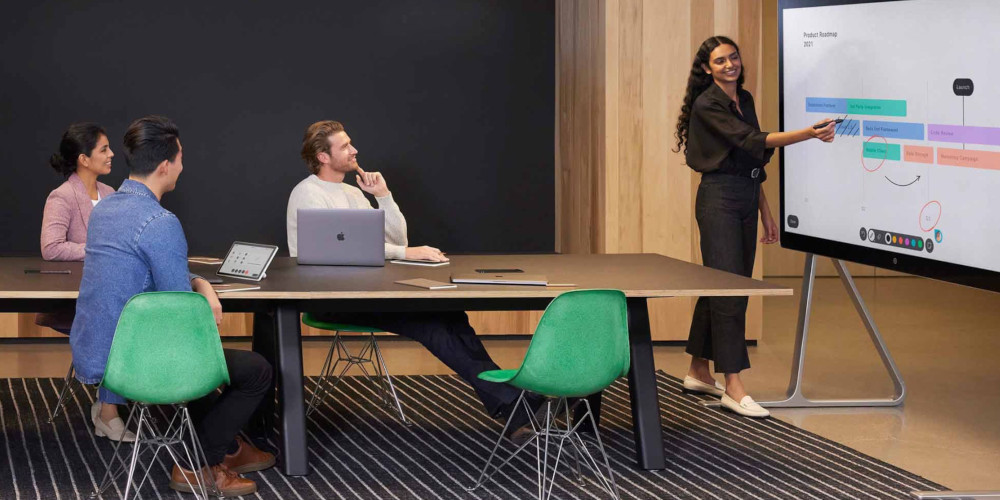In recent years, the adoption of cloud voice solutions, such as Webex, has skyrocketed due to the flexibility and scalability they offer to businesses. These platforms facilitate seamless communication, collaboration, and information exchange. However, as organisations increasingly rely on cloud-based voice solutions for their business phone systems, the need for robust security measures becomes paramount. This article explores key security measures in cloud voice solutions, with a focus on the security features provided by Webex.
Encryption Protocols
One of the foundational pillars of security in cloud voice solutions is the use of robust encryption protocols. Webex, for example, employs state-of-the-art encryption to secure voice communication. End-to-end encryption ensures that conversations remain private and protected from interception, safeguarding sensitive information from unauthorised access.
Multi-Factor Authentication (MFA)
Multi-Factor Authentication (MFA) plays a crucial role in preventing unauthorised access to cloud voice solutions. Webex emphasises the authentication of every user, ensuring that only verified individuals can access the platform. By implementing MFA, businesses add an extra layer of security to their communication infrastructure.
Secure Data Centres
The physical security of data centres is paramount to the overall security of any cloud solution. Webex ensures secure data centres with stringent measures in place. Businesses should look for certifications and standards, such as those adhering to ISO 27001, to ensure that their chosen cloud voice provider prioritises the physical security of the infrastructure.
Regular Security Audits and Updates
To address vulnerabilities and potential threats, regular security audits are essential. Webex, following Cisco’s security practices, conducts proactive penetration testing, threat modelling, and privacy impact assessments. Timely software updates and patches further contribute to maintaining a secure cloud voice environment.
User Permissions and Access Control
Managing user permissions is critical in preventing unauthorised access to sensitive features and data. Webex enables businesses to customise security controls, including access controls, idle timeout settings, device PIN enforcement, and remote wipe capabilities. This ensures that only authorised personnel have access to specific functionalities.
Disaster Recovery and Redundancy
In the event of a security incident, having a robust disaster recovery plan in place is crucial. Webex focuses on providing redundancy measures to ensure continuous service availability, minimising downtime and mitigating the impact of potential security incidents.
Employee Training and Awareness
As suggested by Webex, employees are the frontline defenders of security, and their awareness is paramount. Regular training programs, help in educating staff about security best practices, ensuring that they contribute actively to maintaining a secure communication environment.
Businesses are increasingly relying on cloud technologies for their communication needs, so it is imperative that their solution prioritises security. Webex, backed by Cisco’s robust security practices, provides enterprise-grade protection and compliance. By implementing encryption protocols, multi-factor authentication, secure data centres, regular security audits, user permissions, disaster recovery plans, and employee training, businesses can ensure a secure and resilient cloud voice environment. In an era where data security is paramount, choosing a platform with a strong commitment to privacy, security, and transparency is essential. Webex stands out as a leader, offering a collaboration platform that not only meets but exceeds the stringent security requirements of modern enterprises.
Want to learn more? Reach Out To Us
We are here to help! Please enter your details and enquiry below and we will be in touch soon.

